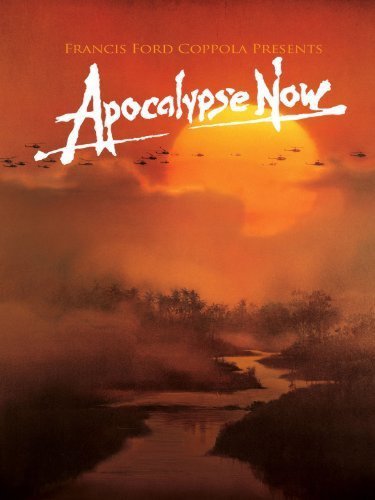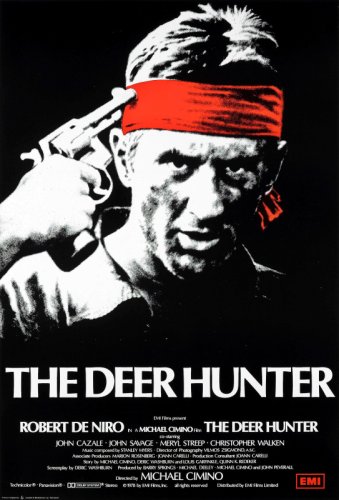| Date | Area | Gross |
|---|---|---|
| 15 November 2001 | USA | USD 4,626,290 |
| 11 November 2001 | USA | USD 4,615,959 |
| 9 November 2001 | USA | USD 83,471,511 |
| 4 November 2001 | USA | USD 4,589,157 |
| 28 October 2001 | USA | USD 4,545,944 |
| 21 October 2001 | USA | USD 4,487,497 |
| 14 October 2001 | USA | USD 4,388,856 |
| 7 October 2001 | USA | USD 4,253,702 |
| 30 September 2001 | USA | USD 4,086,577 |
| 23 September 2001 | USA | USD 3,832,165 |
| 16 September 2001 | USA | USD 3,523,058 |
| 9 September 2001 | USA | USD 3,224,573 |
| 2 September 2001 | USA | USD 2,800,919 |
| 26 August 2001 | USA | USD 1,982,631 |
| 19 August 2001 | USA | USD 1,288,885 |
| 12 August 2001 | USA | USD 561,026 |
| 5 August 2001 | USA | USD 96,992 |
| 31 December 1987 | USA | USD 78,845,821 |
| 13 September 1987 | USA | USD 48,235 |
| 7 September 1987 | USA | USD 42,743 |
| 30 August 1987 | USA | USD 15,513 |
| 31 March 1980 | USA | USD 78,784,010 |
| 19 August 1979 | USA | USD 322,489 |
| 1979 | USA | USD 78,784,010 |
| USA | USD 83,471,511 | |
| 2002 | UK | GBP 415,486 |
| 23 December 2001 | UK | GBP 338,493 |
| 16 December 2001 | UK | GBP 303,437 |
| 9 December 2001 | UK | GBP 231,335 |
| 2 December 2001 | UK | GBP 131,833 |
| 2001 | Australia | AUD 549,170 |
| 1992 | Australia | AUD 435,592 |
| 1980 | Australia | AUD 4,867,000 |
| 1980 | Hong Kong | HKD 2,152,364 |
| 1982 | Italy | ITL 464,000,000 |
| 1982 | Italy | ITL 421,270,000 |
| 1980 | Italy | ITL 4,402,500,000 |
| 1980 | Japan | USD 21,000,000 |
| Spain | EUR 2,309,218 | |
| 1980 | Sweden | SEK 8,252,654 |
| 1979 | West Germany | USD 14,000,000 |
| Date | Area | Gross | Screens |
|---|---|---|---|
| 5 August 2001 | USA | USD 96,992 | 2 |
| 30 August 1987 | USA | USD 15,513 | 6 |
| 19 August 1979 | USA | USD 118,558 | 3 |
| 30 November 2001 | UK | GBP 68,351 | 19 |
| Date | Area | Gross | Screens |
|---|---|---|---|
| 11 November 2001 | USA | USD 14,470 | 53 |
| 4 November 2001 | USA | USD 21,209 | 74 |
| 28 October 2001 | USA | USD 25,709 | 84 |
| 21 October 2001 | USA | USD 56,596 | 78 |
| 14 October 2001 | USA | USD 81,788 | 89 |
| 7 October 2001 | USA | USD 96,363 | 89 |
| 30 September 2001 | USA | USD 146,498 | 100 |
| 23 September 2001 | USA | USD 193,051 | 99 |
| 16 September 2001 | USA | USD 202,260 | 105 |
| 9 September 2001 | USA | USD 284,203 | 92 |
| 2 September 2001 | USA | USD 570,975 | 81 |
| 26 August 2001 | USA | USD 389,988 | 66 |
| 19 August 2001 | USA | USD 483,159 | 50 |
| 12 August 2001 | USA | USD 383,838 | 19 |
| 5 August 2001 | USA | USD 96,992 | 2 |
| 13 September 1987 | USA | USD 1,499 | 2 |
| 7 September 1987 | USA | USD 16,535 | 3 |
| 30 August 1987 | USA | USD 15,513 | 6 |
| 19 August 1979 | USA | USD 118,558 | 3 |
| 23 December 2001 | UK | GBP 10,192 | 11 |
| 16 December 2001 | UK | GBP 32,456 | 19 |
| 9 December 2001 | UK | GBP 52,108 | 22 |
| 2 December 2001 | UK | GBP 68,351 | 19 |
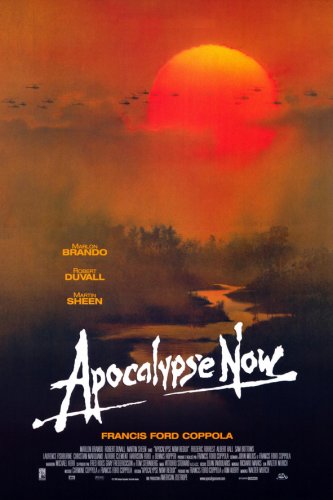
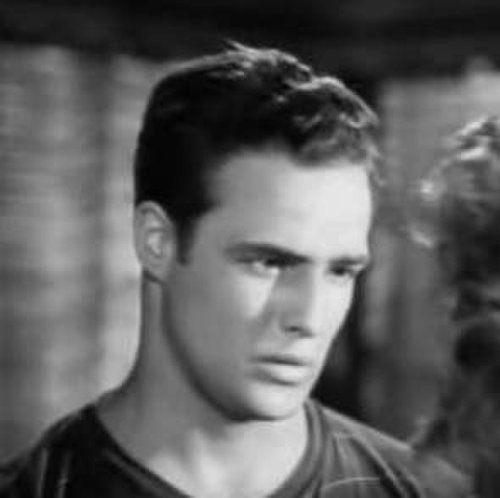


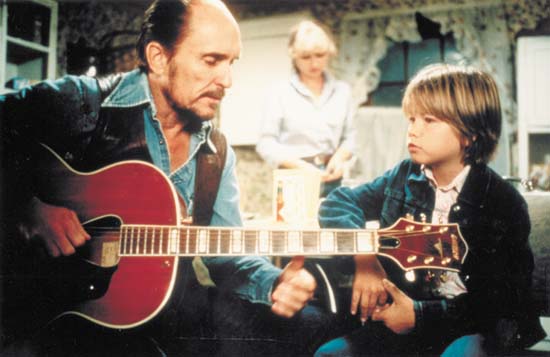


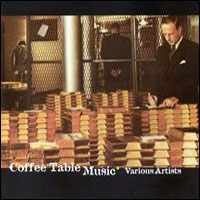
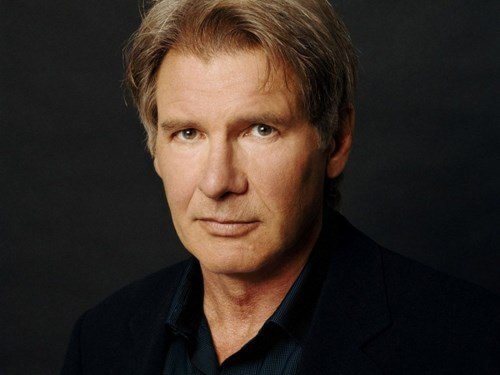

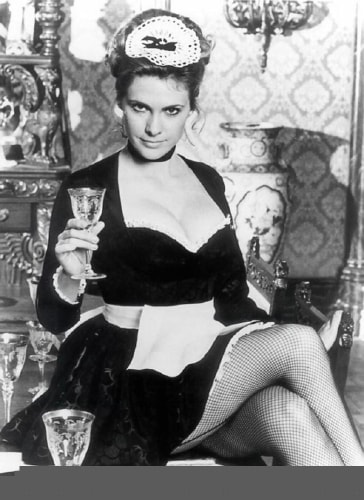
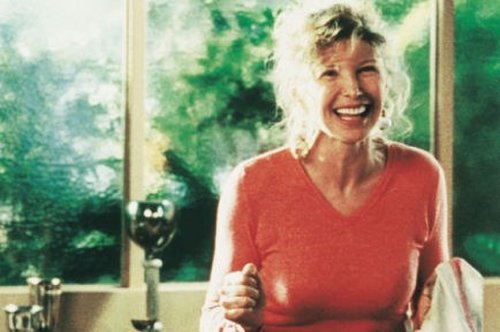

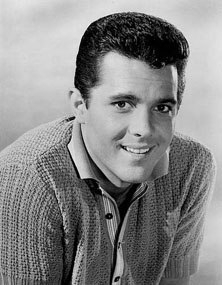
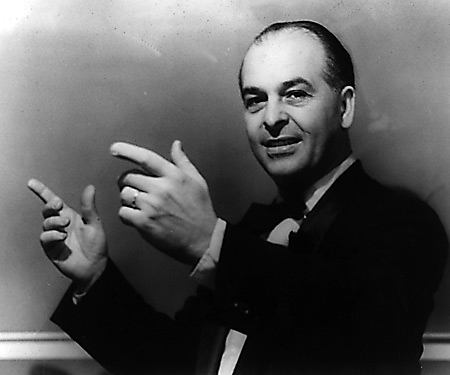

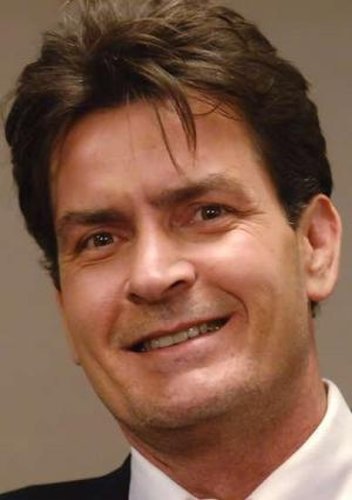
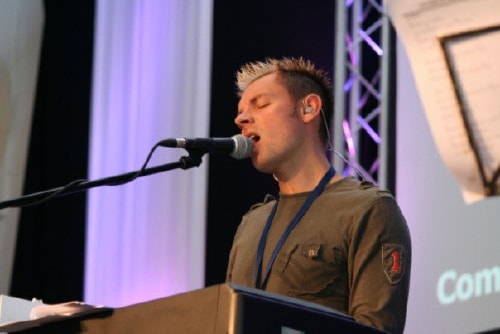


_3.jpg)




